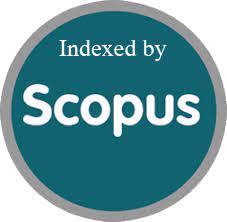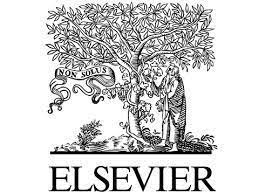Theory of Disability through some Literary texts
DOI:
https://doi.org/10.84761/a92dg051Abstract
This research paper studies the disability theory through some selected texts that are based on disability theory. And try to remove the gap between able people and disabled people. First of all, we discuss the meaning of disability. Disability is defined as anything that makes it harder for a person to do specific tasks or enjoy equal access within a particular community. Disabilities might be mental, growth cerebral, mental, bodily, senses, or any one of these characteristics. Disabilities might be established from birth or acquired over a person's lifetime. In the past, abnormalities have only been recognized based on a small set of criteria—however, abnormalities are not binary and can manifest in various ways depending on the individual. A handicap might be obvious or undetectable.
Because of the exclusion of disabled persons, there have been various activist causes that advocate for fair treatment and access in society. Disability activists have battled for fair and equitable legal rights, but political concerns continue to facilitate or progress handicapped people's oppression. Although disability activism helps to demolish ableist regimes, media tropes frequently reinforce social norms around the perception of disabilities. Because unfavourable opinions of disability are widespread in modern culture, disabled persons have turned to advocacy for themselves to combat their marginalization. The identification of impairment as an identity that is perceived uniquely in comparison to the other broad identities of the person in question is one that frequently gets brought up by disabled self-advocates.









